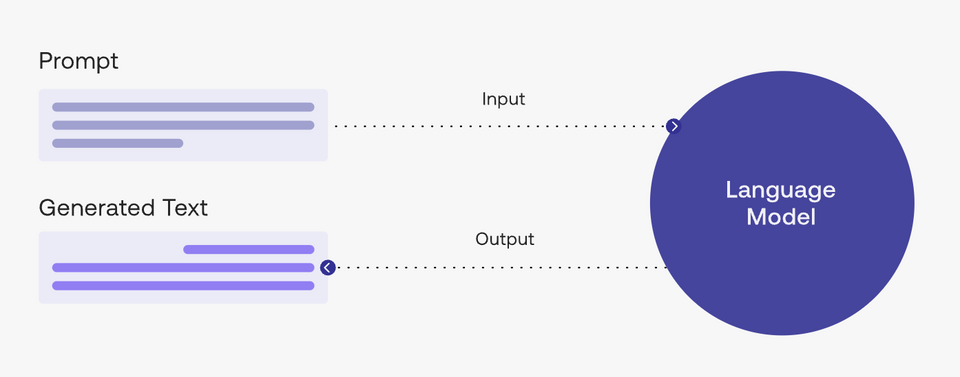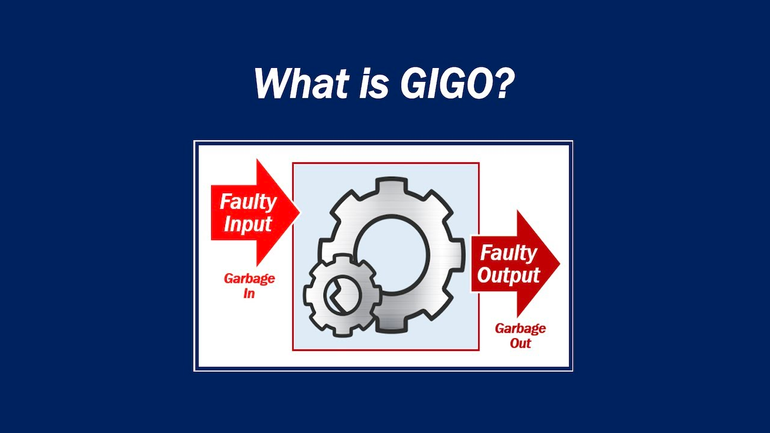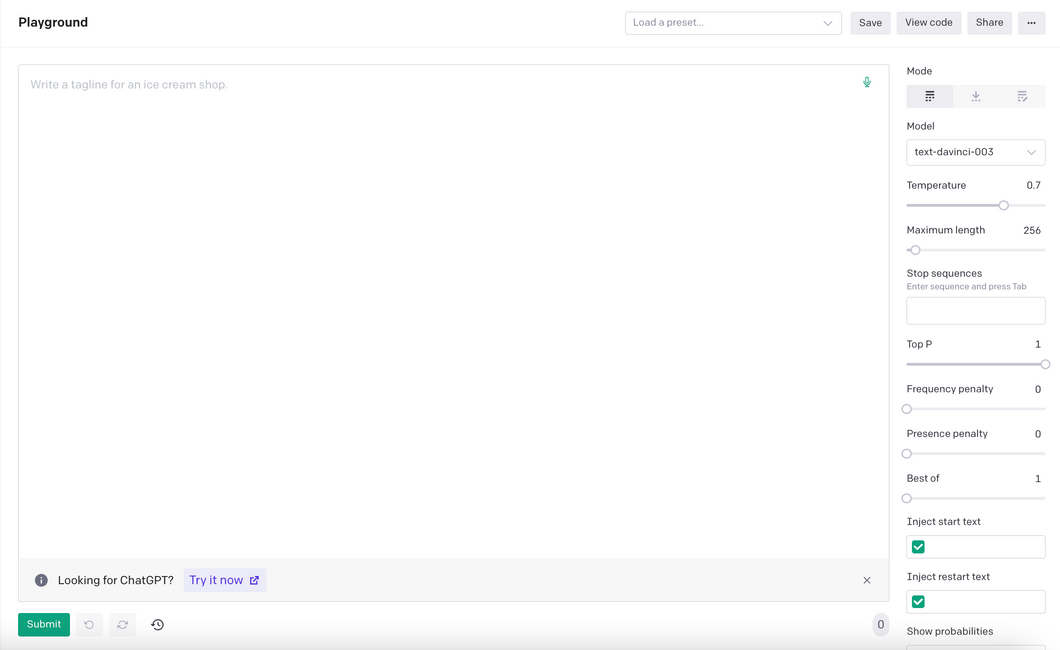Create unique Data with ChatGPT
Search and store tool for Chat GPT Prompt
Create unique and engaging Data with ChatGPT, a pre-trained language model by OpenAI for generating high-quality and accurate content. With ChatGPT's advanced algorithms and natural language processing capabilities, you can now generate data-driven content that speaks directly to your target audience, without sacrificing accuracy or quality. Whether you need to create reports, whitepapers, or marketing materials, ChatGPT can help you streamline your content creation process and deliver unparalleled results. Start creating unique Data today with ChatGPT and take your content to the next level.
How to Check for Race Conditions and Concurrency Issues in [Language] Code: A Guide
Check for any race conditions or concurrency issues in the given [language] code: [code snippet].
How to Find and Fix Memory Leaks in [Language] Code
Find any memory leaks in the following [language] code and suggest fixes: [code snippet].
How to Prevent Errors in Code: Analyzing and Improving [Language] Snippets
Analyze the given [language] code and suggest improvements to prevent [error type]: [code snippet].
Identifying Potential Bugs in [Language] Code Snippet: Tips and Techniques
Identify any potential bugs in the following [language] code snippet: [code snippet].
Tips for Writing an Effective Code Loop in [Language] with [Data Structure] and [Operation]
Complete the following [language] loop that iterates over [data structure] and performs [operation]: [code snippet].
Implementing Error Handling in [Language] for a Given Code Snippet: A Guide
Fill in the missing [language] code to implement error handling for the following function: [code snippet].
How to make an API Call using [language] and [API endpoint], Step-by-Step Guide
Complete the [language] code to make an API call to [API endpoint] with [parameters] and process the response: [code snippet].
How to Write a Function that Calculates Desired Output in [Language]
Finish the [language] function that calculates [desired output] given the following input parameters: [function signature].
How to Initialize a Data Structure with Values in [Language]: A Code Snippet
In [language], complete the following code snippet that initializes a [data structure] with [values]: [code snippet].
How to Write a Script Using a Library/Framework with Given Requirements
Write a [language] script to perform [task] using [library/framework] with the following requirements: [requirements list].
Implementing [Design Pattern] in [Language] for [Use Case]: A Code Snippet
Based on the [design pattern], create a code snippet in [language] that demonstrates its implementation for a [use case].
How to Generate a Language Class for Your Domain Application Easily: Tips and Methods with Properties
Generate a [language] class for a [domain] application that includes methods for [methods list] and properties [properties list].
Creating a Language Function for Data Structure Operations: a Technical Guide
Create a [language] function to perform [operation] on [data structure] with the following inputs: [input variables] and expected output: [output description].
How to Generate Boilerplate Code for a Class/Module/Component with Specific Functionality
Generate a boilerplate [language] code for a [class/module/component] named [name] with the following functionality: [functionality description].
Designing and Building Chatbots to Reflect Brand's Voice and Language
What is the best way to design and build chatbots that reflect my brand's tone and voice, and can understand and respond to users' natural language inputs?
Mastering Marketing Analytics for Data-Driven Decisions
How can I use marketing analytics to identify trends and patterns in my data and make data-driven decisions?
Optimizing Website Navigation and Layout Using User Behavior Data
How can I use user behavior data to optimize my website's navigation and layout?
How Data Mining Techniques Can Help Identify New Market Opportunities
How can we use data mining techniques to identify new market opportunities and expand our customer base?
Optimizing Supply Chain Management with Data Analytics for Cost Savings
How can we use data analytics to optimize our supply chain management for maximum efficiency and cost savings?
Optimizing Customer Acquisition Funnel with Data Analytics
How can we use data analytics to optimize our customer acquisition funnel for increased efficiency and effectiveness?
What is “prompt engineering”?
A “prompt” is the input that guides a generative AI model to generate useful outputs. Generative AI tools like ChatGPT, GPT, DALL·E 2, Stable Diffusion, Midjourney, etc. all require prompting as their input.

In a natural language processing (NLP) context, “prompt engineering” is the process of discovering inputs that yield desirable or useful results. As is the story with any processes, better inputs yield better outputs; or commonly said another way “garbage in, garbage out.”


Become a prompt researcher instead of engineer
- If you’re already a subject matter expert in something, consider figuring out how to apply your personal skills to generating the best prompts in your field
- For example, if you’re an expert in SEO, what questions do you ask yourself when creating SEO strategies? How can you translate this knowledge into better prompts to generate the same level of output with AI?
Become a prompt researcher instead of engineer
- The term prompt engineer glosses over the idea that prompt formulation takes hypothesizing, research, result measurement, and repetition. Instead, approach prompting like a research project.
- Try as many different variations and formulations of your prompt as possible. One problem can have hundreds of solutions and one solution can have hundreds of approaches. The same can be said of prompting.